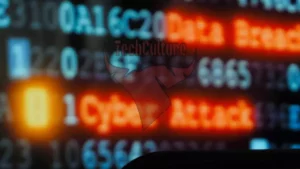Stock Market Volatility Presents Opportunities for Savvy Traders
As the United States enters an election year, financial experts anticipate heightened volatility in the stock market. This trend, coupled with potential extreme policy changes from the Trump administration, is expected to create a dynamic trading environment. While some investors may view this volatility with trepidation, seasoned traders see it as an opportunity to capitalize on market fluctuations.
One such trader is Ivan Scherman, a chartered market technician and hedge fund manager who specializes in mechanical trading. Scherman’s expertise was recently validated when he clinched victory in the 2023 World Cup Trading Championship. His approach emphasizes patience, waiting for optimal conditions to leverage market volatility effectively.
Scherman’s success is rooted in his use of mechanical trading strategies, which allow for diversification across various markets. This method minimizes emotional decision-making, a common pitfall for many traders. “Backtesting models is crucial to ensure reliability and performance,” Scherman explains, highlighting the importance of data-driven approaches in today’s volatile market.
One of Scherman’s notable strategies involves exploiting the divergence between the S&P 500 and the VIX (Volatility Index). Historical backtesting of this approach has shown impressive results, with a 75.3% win ratio and a profit factor of 3.16. The strategy’s success is attributed to its ability to interpret market internals effectively.
While Scherman’s personal and fund trading experiences with the strategy have been positive, compliance restrictions prevent the disclosure of specific performance metrics. However, he emphasizes the importance of continuous improvement and adaptation to maintain a competitive edge in the market.
For traders looking to implement this strategy, Scherman outlines the necessary setup. It requires charting the S&P 500 and VIX on the same graph and identifying divergence when the VIX fails to spike higher on a second S&P 500 dip. Trade execution is then determined by specific conditions involving Bollinger bands and standard deviations.
The exit strategy for this trade is equally important. Scherman describes two scenarios: a winning exit occurs when the S&P 500 surpasses the 30-day moving average, while a losing exit is triggered if the S&P 500 closes two standard deviations below the 30-day moving average. Backtesting suggests a 25% likelihood of trade failure, underscoring the inherent risks in any trading strategy.
As market volatility continues to present both challenges and opportunities, strategies like Scherman’s offer a data-driven approach to navigating uncertain waters. For traders willing to embrace mechanical methods and rigorous analysis, the current market conditions may indeed prove to be fertile ground for potential profits.





